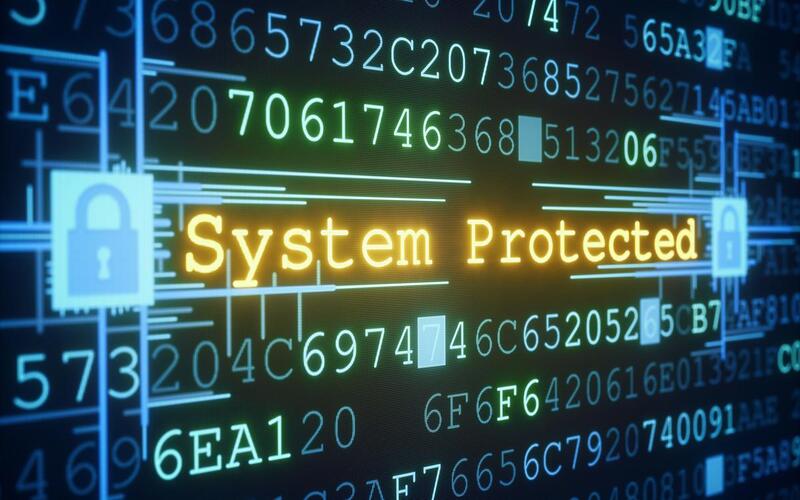What Is A Self-Healing Code?
Self-healing code is computer code that can detect flaws or challenges and correct them without the assistance of a person. It is equivalent to a self-maintenance car that can observe engine errors and correct them without the service of an expert. It translates into mechanical issues recovery and resilience in the software context, tempering programs’ reliability and robustness.
The Necessary For Self-Healing Code
Standard software development has long contended with bugs, threats, and system failures. As applications become maximally complex and interconnected, the requirement for dependable and flaws-tolerant software has become paramount. Self-healing code merges in response to this necessity, giving a cautious and autonomous approach to software repair. By investing in applications with the ability to determine and rectify errors, programmers can relieve the effect of unforeseen difficulties and improve the overall flexibility of their software.
How Do Self-Healing Mechanisms Work?
Step 1: The self-healing mechanisms are activated whenever “no such element” or familiar an issue occurs for an element mentioned in the automation script.
Step 2: The algorithm evaluates the test script to recognize the root cause of the issues.
Step 3: the algorithm uses AI-powered data evaluates to recognize the accurate object in the test script that has been modified. An object can be any connection product like a webpage, navigation button, or text box.
Step 4: The algorithm modernizes the test script with the latest recognition parameters for the impacted objects.
Step 5: The modernized test case is executed to confirm that the medical has been successful.
What Is An Example Of A Self-Healing System?
Active Batch offers self-healing features in its automation field. Using machine learning, Active Batch’s Health Service traces critical system performance metrics. It recognizes any errors and provides alerts to the system’s consumers, along with particular support materials to assist programmers repairs the mistake. This self-healing ensures that Active Batch is always utility at analysis levels.
1. Enhanced Reliability
Self-healing code is essential to improve the flexibility of software systems. Self-healing code enhances the flexibility of software systems by minimizing the occurrence of issues and downtime. It continually monitors the application’s health and intervenes when issues occur, ensuring uninterrupted service. It maximized flexibility enhances consumer satisfaction and instills trust among stakeholders.
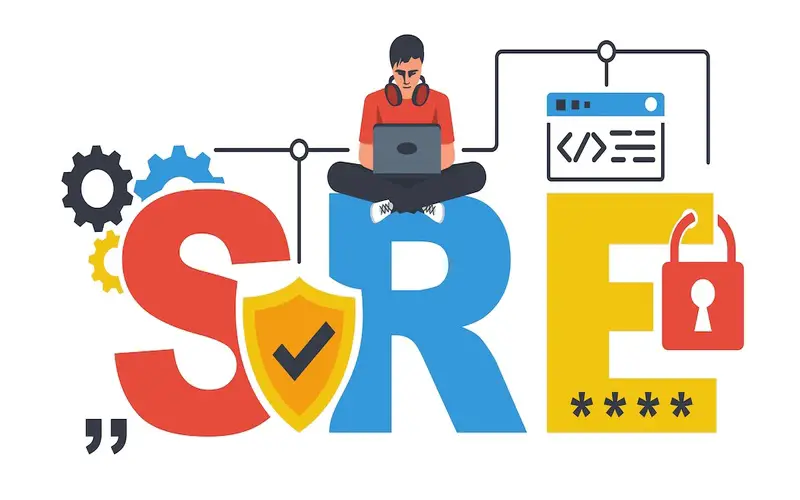
2. Improved System Availability And Reduced System Downtime Losses
Self-healing code allows software systems to be more successful and accessible by reducing downtime. By rapidly resolving failures and reclaiming from issues, self-healing code ensures that the system remains available and functional, minimizing the effect on consumers and business operations.
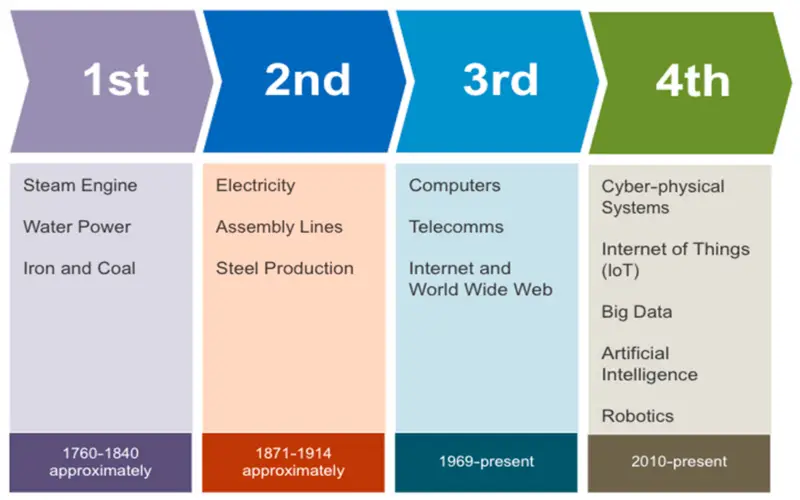
3. Easy Repairs
Self-healing code minimizes repair costs combined with primer issues detection and resolution. Management can save on the resources needed for troubleshooting, bug fixing, and system recovery. Furthermore, self-healing code can analyze system performance and resource employment, primarily to use hardware and decrease operational costs more effectively. Be it primer or automation testing, QA spends essential time and money in operating software testing. Each time there is any modification in the application, they are required to adopt recent test schemes, use cases, and characteristics. However, self-healing test automation reduces these overheads combined with standard test automation.
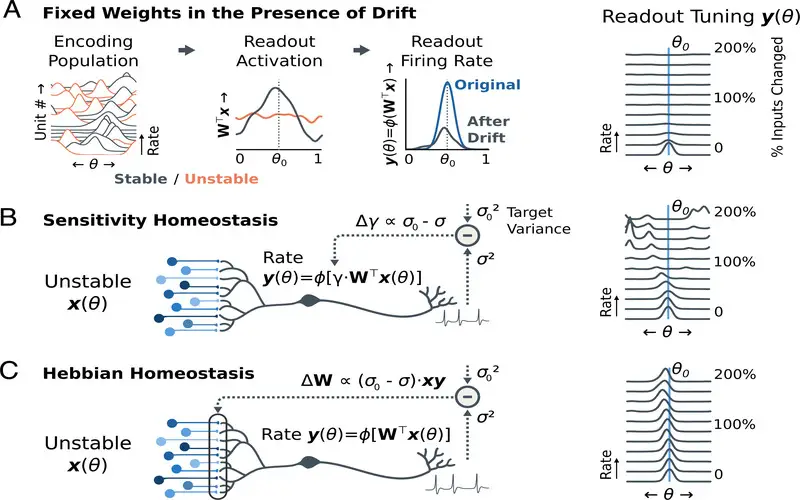
4. Maximized effectively
Programmers can focus on more crucial duties instead of spending time on boring troubleshooting and bug fixing. It accelerates the development procedures and minimizes the time-to-market for software apps.
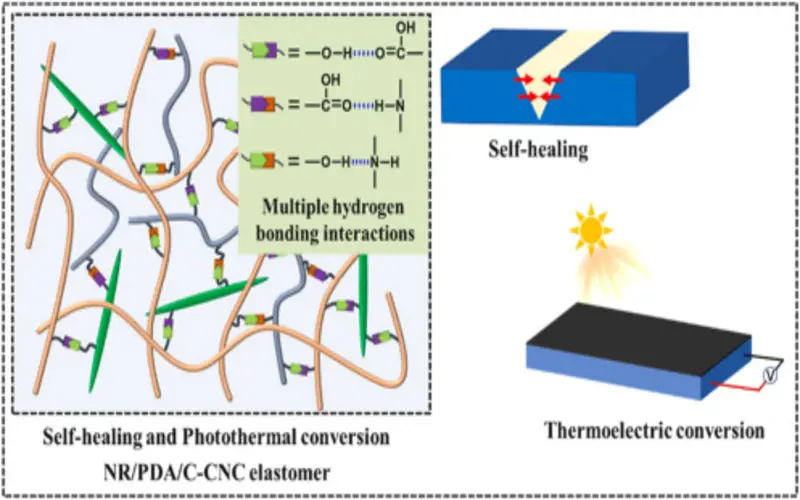
5. Scalability And Resilience
Self-healing code helps create scalable and flexible software systems. It can involuntarily handle failures and adapt to converting situations, ensuring that the system can scale and operate specially. By cautions of observing and addressing errors, self-healing code enhances system resilience and minimizes the risk of widespread failures.

6. Cost Savings
By mechanical issues detection and recovery, self-healing code minimizes the need for primer intervention and support, resulting in substantial cost savings. Management can shift resources away from firefighting and onto more planned enterprises, analysing their income for technology and growth opportunities.
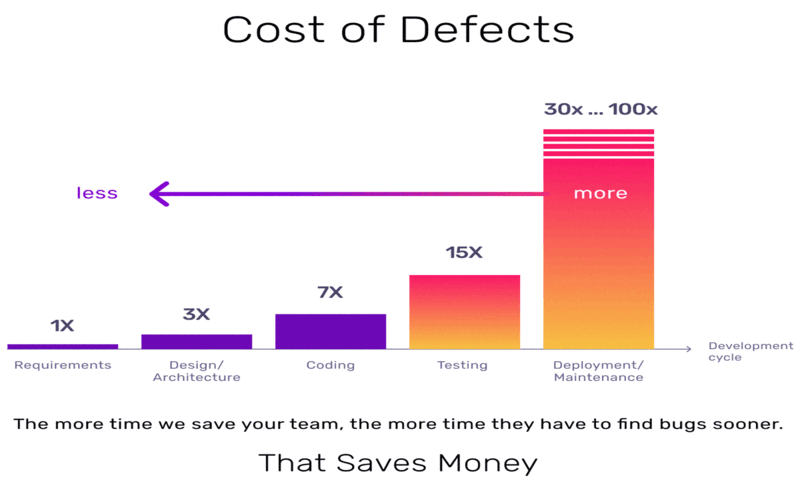
7. Improved Consumer Experience
Consumers have little patience for software spasms. Self-healing systems ensure a seamless consumer experience, enhancing user satisfaction and loyalty if it’s an e-commerce field, a mobile application, or crucial organizations software, consumer advantages from continuous, glitch-free interactions.

8. Adaptability
Self-healing code adopts to converting and needs. It can vigorously convert its nature and settings, enhancing security and performance first. This flexibility is necessary in today’s fast-paced innovation environment, where the quantity to address converting errors is essential.

9. Minimizes Downtime
The capability to observe and correct issues swiftly translates into reduced downtime. It is especially critical functions, such as healthcare or finance, where even a passing interruption can have far-reaching results. Self-healing code monitor operational, ensuring business continuity. Failed tests happen during the application testing procedures. Most of the failed tests are a result of poor test repairs. It means QA teams spend more time fixing testing faults than attaching application bugs. Primer test repairs can also delay things development and accessibility to the market.

10. Security Improvement
Self-healing systems can also support security. They can swiftly identify and address violations or weaknesses, minimizing the threats of data violation and assaults. In a time where digital dangers are constant, these cautions reached for security are necessary.
